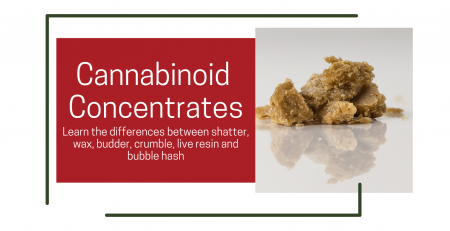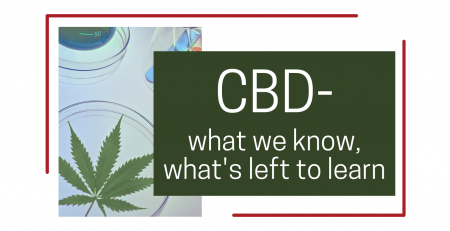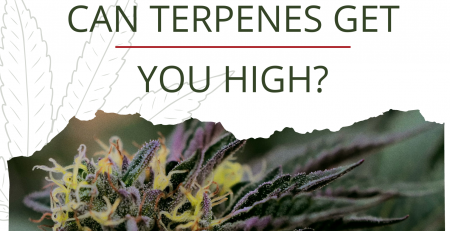What is CBL?
Here’s what we know about CBL
What is CBL?
CBL or cannabicyclol is a non-intoxicating minor cannabinoid found in cannabis. While many cannabinoids are directly produced by CBG, CBL is actually derived from the degradation of cannabichromene or CBC. Because of this, Cannabicyclol only occurs in very tiny amounts in live trichomes and only appears in any sort of abundance after the cannabis plant has been harvested. So, older cannabis has been exposed to UV light and oxidation will likely contain far higher levels of CBL than when it was first trimmed. Just like other minor cannabinoids, scientists are still trying to determine the properties and potential medicinal uses for it.
What DO we know about CBL?
What we know for certain is that the CBL molecule is structurally similar to that of Delta-9 THC with one crucial difference. CBL is missing the double bond responsible for the psychoactive effects of D8, D9 and D10 THC. What we can then assume is, without that double bond cannabicyclol is more than likely non-intoxicating. The other thing we have been able to glean is that it is a very stable molecule. In fact, Scientists have found cannabis samples that are around 2700 years old containing relatively high levels of CBL. This actually makes perfect sense considering that it is a byproduct of CBC degradation.
We also know about its precursor, CBC
True, we don’t really know that much about CBL, right now. However, we might be able to guess some effects based on the characteristics of its precursor molecule, CBC. CBC affects the endocannabinoid system by inhibiting the uptake of anandamide. Anandamide is an endocannabinoid produced by the body that helps foster a state of homeostasis. All this really means is that the action of CBC keeps higher levels of this helpful chemical in the bloodstream for longer to help balance essential functions within the body. It’s possible that CBL could have similar effects, but there isn’t any scientific evidence in support of this theory, yet.
What are the effects?
Despite the lack of cannabicyclol research, we do know that it is structurally similar to other non-intoxicating cannabinoids. Therefore, some of the pharmacological applications may be the same. Just as cannabinoids like, CBD, CBN, and CBG influence the processes of the endocannabinoid system, so might CBL. Not to mention, it may also play a role in the entourage effect. If you aren’t familiar with the entourage effect, it’s a theory that the presence of all cannabis compounds (cannabinoids, terpenes, flavonoids, etc.) when combined together create a synergistic effect that may produce more optimal results than the presence of only a few compounds on their own. If there actually is something to this theory beyond speculation, then CBL may be a necessary component in producing those effects.
What does it all mean?
Although it seems like we still have so much to learn about not only CBL but all minor cannabinoids in general, research is trucking along. With research comes better extraction techniques and practical applications. So even though it is only available as a research chemical right now, with time CBL could find viability as a non-intoxicating therapeutic cannabinoid as common as CBD is today.











Leave a Reply